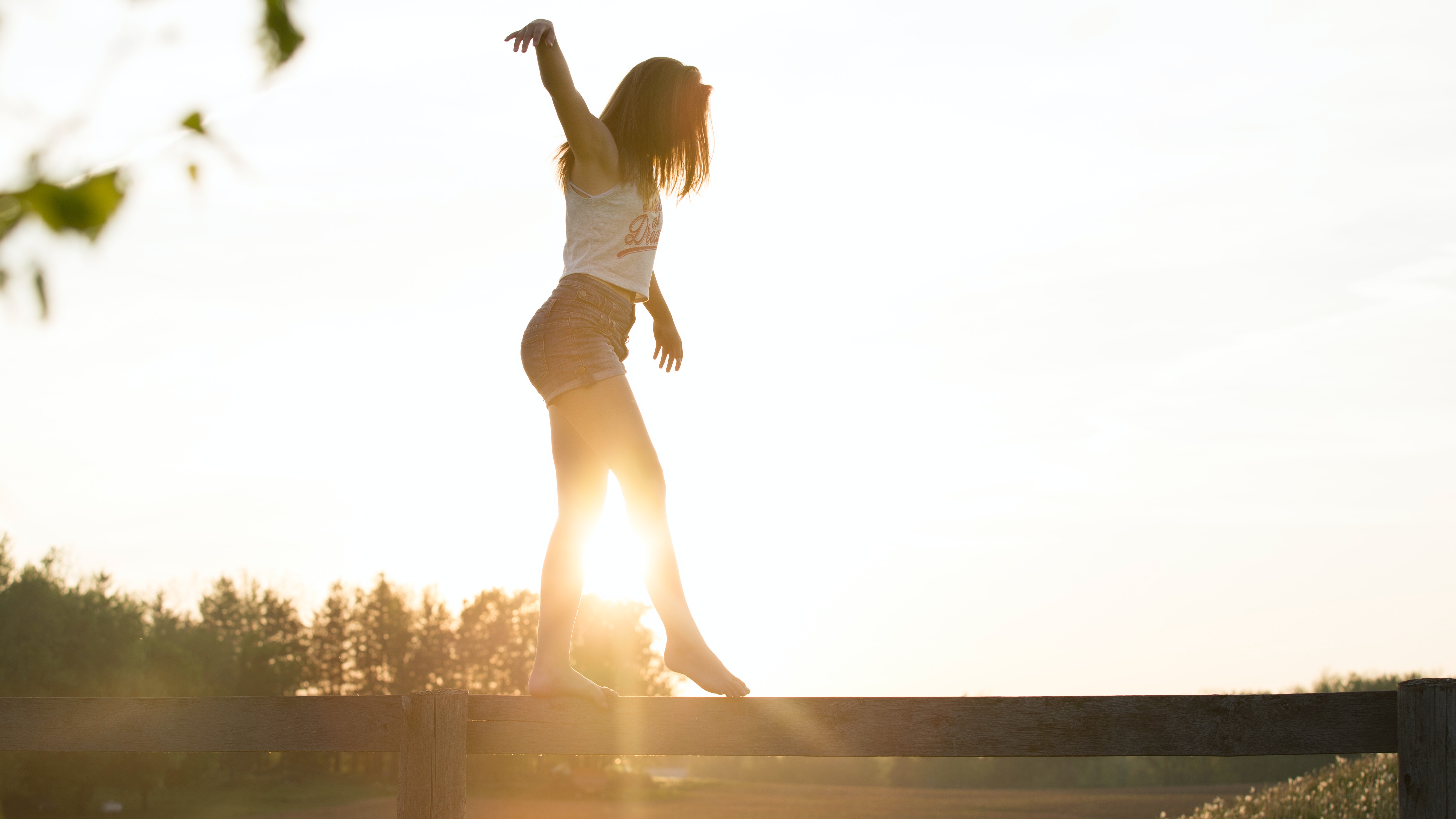Balance is a component of fitness that isn’t touched on until the realization that suboptimal balance affects our lives. We need balance for many activities in our everyday lives to be productive. Once balance is taken from someone, movement is significantly impaired. Simple movements like getting out of the car, walking around the neighborhood, gardening or other recreational activities can be impeded due to hindered balance.
Gradual loss of balance could be a result of diminished athleticism and coordination from no longer participating sporty or recreational activities. Decreased fitness levels due to neglect of strengthening muscles responsible for balance, stability, and change of direction, and the awareness to recover one’s balance contribute to successful human movement. More importantly, a critical role in balance is the vestibular cochlear system existing in the inner membrane of the ear. This complex portion of our anatomy is responsible for regaining balance when the head turns right to left or up and down. It’s useful to identify what part of our body might be affected if a loss of balance is negatively impacting our productivity.
A solution to loss of balance when training our personal training clients in Napa is to note common triggers which induce moments of imbalance. Common stimuli are turning one’s head in a way causing a moment of dizziness or uncertainty, random objects disturbing direction of travel, and threats of tripping over objects on the ground. Once potential situations that disrupt balance are identified, an intervention exercise protocol can be implemented into the individuals exercise prescription.
Overall strength and conditioning of the body is critically important to any component of balance. However, addressing an individual’s ability to turn their head and regain equilibrium efficiently is the first line of defense. Activities such as Tai Chi, pickleball, golf, or bocce ball are all recreational activities that train the body and mind to move in various presentations of balance while in motion. Additionally, these sporty, recreational activities have a low risk of injury or tripping.
An exercise that assists the ability to maintain equilibrium and train the body to manage bouts of dizziness is to get a few reps in every day of training the eyes while the head rotates. Presentations of imbalances occur when the head moves, and the eyes can’t catch up with the momentum of the direction the head is turning. This disrupts the fluid in our cochlear membrane and causes the eyes to enter a momentary state of disturbance, causing a loss of balance. When this loss of balance occurs, the body can move side to side, front to back, or wobble around in a circle leading to potential risks of tripping or falling. To help train the eyes and neck to recover from these potential risk factors, focus your eyes on a single point of the wall and perform cervical rotation, or turning the head left to right. Focus on one point on in front of you. A magnet on the refrigerator will work. Ensure to have a spotting device next to that you can put your hand on to regain balance if needed when performing this exercise. While focusing that one point, lock your view on that point and turn your head to left to right until that point is just about to leave your peripheral vision. Repeat for 5-10 repetitions each direction. Perform this exercise every day or every other day.
In addition to sufficient function of the inner ear, let’s not forget about the muscles of the lower extremities, hips, and trunk that assist in holding us upright and correcting a random occurrence of imbalance. The ligaments, tendon, and muscles of the ankle, knee, hips, and spine are vital to enduring a random moment of imbalance. Additionally, if there was a presentation of losing balance that lead to a trip and fall, sufficient strength and coordination of a trained body can recover faster after an accident. Therefore, don’t forget to strengthen the ankles, train in change of direction exercises, and overall hip and core strength. Exercises that we always implement for our personal training clients are squats, planks, and step up exercises.
Loss of balance can occur in the oddest situations which can lead to significant injury. The last thing we want is to have some silly injury shunt our productivity and enjoyment throughout our lives. Exercising to lose weight, clear the mind, or increasing strength is vital to our lives. However, let’s not forget to train our skills of having adequate balance to avoid injury and live happy, healthy, and strong lives.
Sean McCawley, the founder and owner of Napa Tenacious Fitness in Napa, CA, welcomes questions and comments. Reach him at 707-287-2727, napatenacious@gmail.com or visit the website napatenaciousfitness.com.

